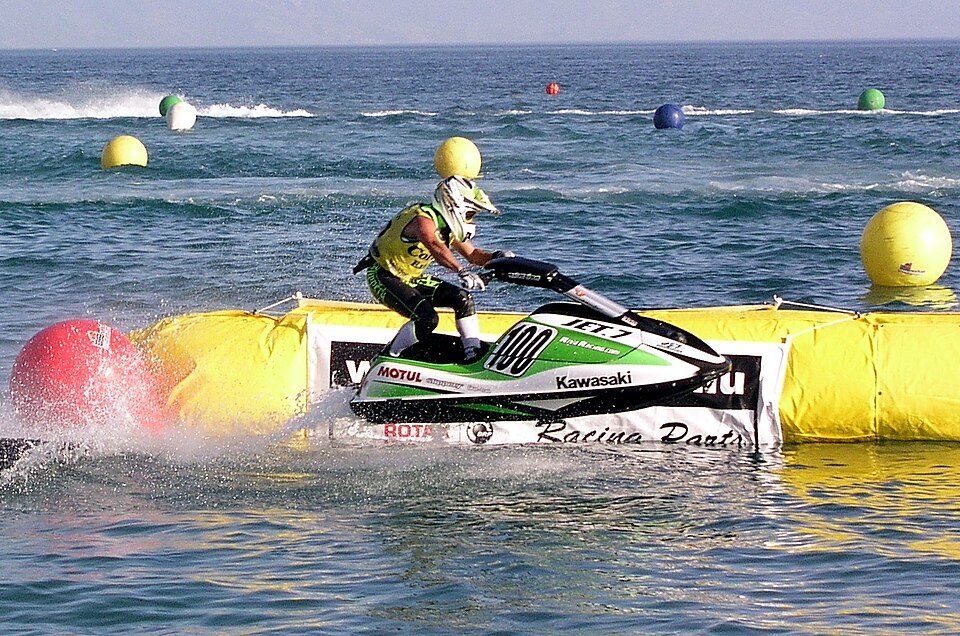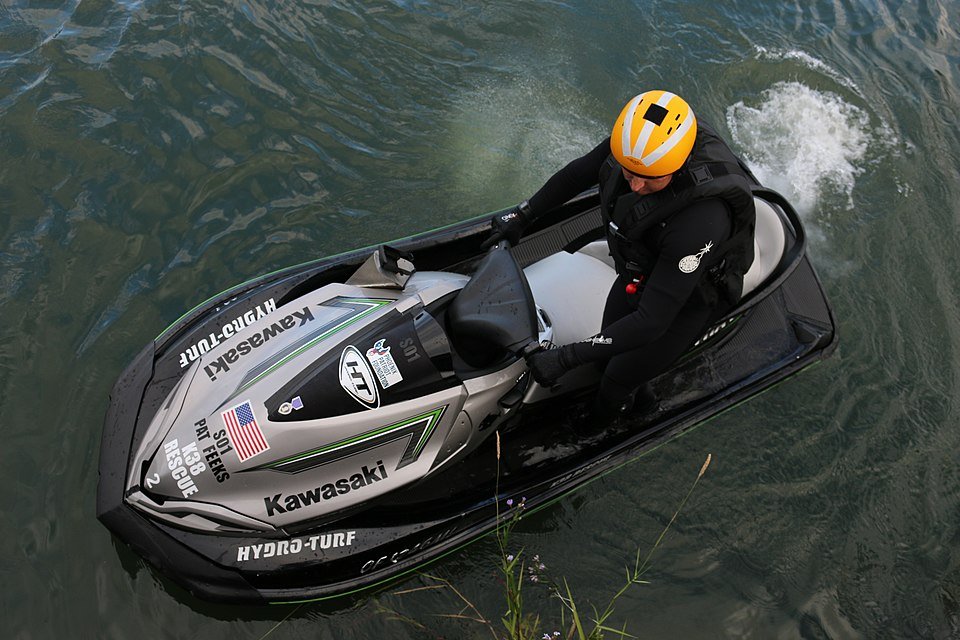Water sports are entering a new era. Traditionally dominated by gas-powered engines, jet skis are now making waves with eco-friendly alternatives. The electric jet ski is at the forefront of this transformation, combining high performance with sustainability. These innovative machines eliminate noise pollution, reduce emissions, and provide thrilling rides—all without compromising on power.

As the demand for clean technology grows, electric jet skis are becoming a top choice for adventure seekers and environmentally conscious riders alike. This article explores the concept, benefits, limitations, real-world examples, and the exciting future of the electric jet ski.
What Is an Electric Jet Ski?
An electric jet ski is a personal watercraft (PWC) powered by a rechargeable battery and an electric motor instead of a gasoline engine. Much like electric cars, these vehicles are designed to deliver instant torque, smooth acceleration, and zero tailpipe emissions.
Key features of electric jet skis include:
- Rechargeable lithium-ion batteries.
- Silent operation compared to gas engines.
- Advanced digital displays and smart controls.
- Zero direct emissions, making them eco-friendly.
In essence, electric jet skis offer the same thrill of traditional models but with fewer environmental drawbacks. Similar to the way the electric car reshaped the auto industry, electric jet skis are redefining water sports.
Benefits of Electric Jet Skis

1. Eco-Friendly Performance
The most significant advantage is sustainability. Electric jet skis produce zero emissions while in use, helping to preserve marine environments and reduce carbon footprints.
2. Reduced Noise Pollution
Traditional jet skis are notoriously loud. Electric models operate almost silently, making them ideal for use in areas with noise restrictions and enhancing the experience for both riders and bystanders.
3. Lower Operating Costs
With fewer moving parts and no need for gasoline, electric jet skis require less maintenance and have lower fuel costs. Charging a battery is often cheaper than filling a tank.
4. Instant Torque and Smooth Ride
Electric motors deliver instant acceleration, giving riders quick, responsive performance on the water. This makes electric jet skis both thrilling and user-friendly.
5. Compliance with Regulations
Some waterways restrict or ban gas-powered jet skis due to noise and emissions. Electric models are often allowed in these areas, expanding opportunities for riders.
Challenges and Limitations

Despite their appeal, electric jet skis face certain challenges:
- Limited Range: Current models typically offer 1–2 hours of ride time per charge, depending on usage.
- Charging Infrastructure: Unlike gas stations, charging docks are not yet widespread, which may inconvenience long rides.
- Higher Initial Cost: Electric jet skis tend to be more expensive upfront due to advanced battery technology.
- Weight Concerns: Large batteries can add weight, affecting portability and handling.
These limitations mirror the early struggles of electric vehicles but are expected to improve as technology advances.
Real-World Examples of Electric Jet Skis
Several companies are pioneering the electric jet ski market:
- Narke GT95 Electrojet: Marketed as one of the world’s first electric jet skis, it offers sleek design, luxury features, and a top speed of 47 mph.
- Taiga Motors Orca: A Canadian innovation that delivers performance comparable to high-end gas-powered PWCs, with customizable settings and fast-charging options.
- BELASSI Burrasca e-Watercraft: A luxury model designed for elite riders seeking both sustainability and top performance.
These examples show that electric jet skis are not just concepts—they’re already on the water, reshaping recreational boating and water sports.
For comparison, traditional jet skis have long been associated with fuel use and noise. The transition to electric resembles the broader shift in transportation, similar to the rise of electric motorcycles.
Future Trends and Predictions
The electric jet ski industry is still young, but the outlook is promising. Key trends include:
- Improved Battery Technology: Advances in solid-state batteries could extend ride times and reduce charging needs.
- Faster Charging: Partnerships with marine charging networks may lead to dockside fast-charging stations, similar to EV superchargers.
- Affordability: As demand grows and manufacturing scales up, electric jet skis are expected to become more affordable.
- Eco-Tourism Growth: Resorts and rental companies are likely to adopt electric jet skis to appeal to eco-conscious travelers.
- Smart Features: Integration with apps, GPS tracking, and advanced safety systems will enhance the rider experience.
These developments point to a future where electric jet skis dominate both recreational and professional markets.
FAQ: Electric Jet Ski
How fast can an electric jet ski go?
Most models reach speeds of 45–60 mph, depending on design and battery size, which is comparable to many gas-powered jet skis.
How long does an electric jet ski battery last?
On average, a fully charged battery provides 1–2 hours of ride time. Future models are expected to offer longer durations as battery technology improves.
How do you charge an electric jet ski?
Electric jet skis can be charged via standard electrical outlets or dedicated fast-charging stations. Charging time varies but usually takes between 2–6 hours.
Are electric jet skis more expensive than gas ones?
Yes, they generally cost more upfront due to advanced battery systems, but they save money over time with lower fuel and maintenance costs.
Can electric jet skis be used in the ocean?
Yes. Like traditional models, electric jet skis can handle ocean conditions, but saltwater maintenance (rinsing and care) is still necessary.
Conclusion
The electric jet ski is revolutionizing water sports by combining performance with eco-conscious design. While challenges like limited range and higher costs remain, the benefits—zero emissions, quiet rides, and lower long-term expenses—make them a compelling option for enthusiasts.
As technology advances and infrastructure expands, electric jet skis are poised to become the standard for sustainable aquatic fun. For those ready to ride the wave of innovation, the electric jet ski represents not just the future of personal watercraft but also a cleaner and quieter adventure on the water.






